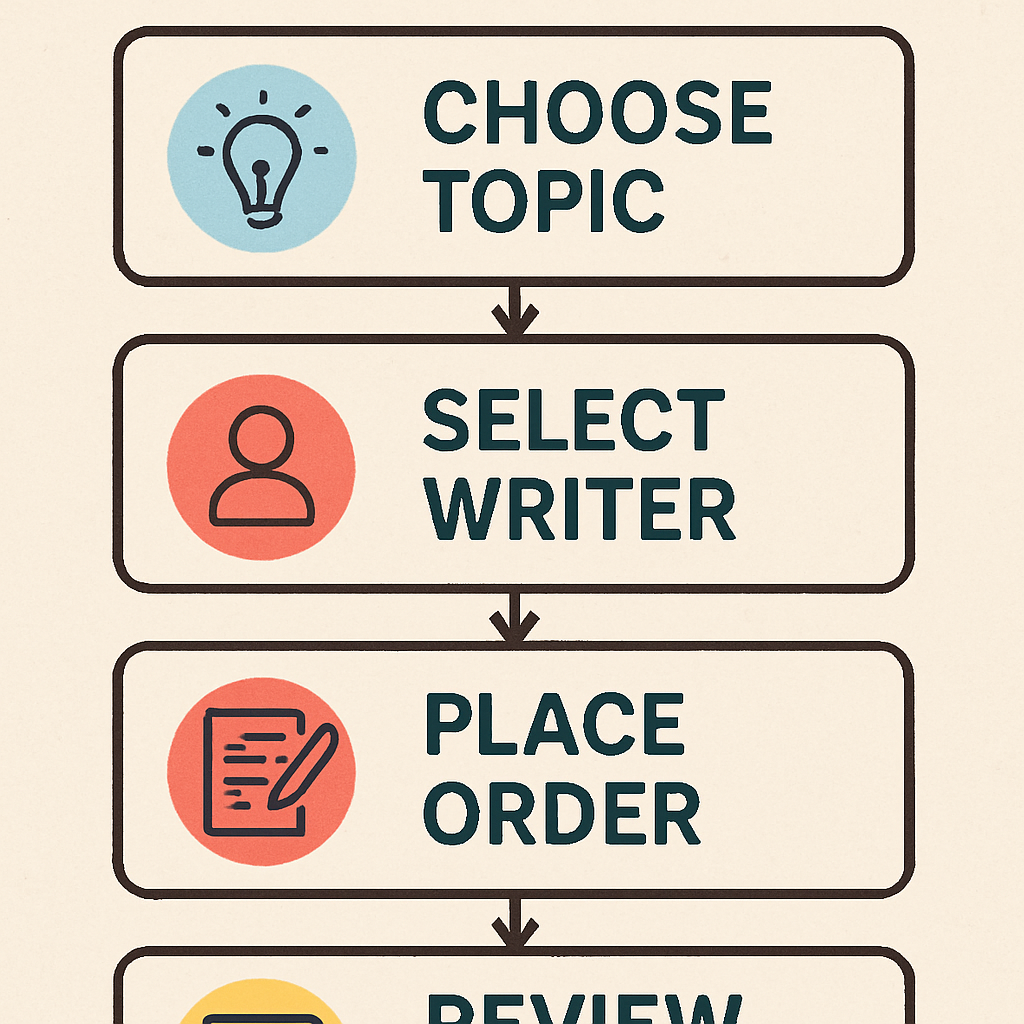In today’s fast-paced digital world, content is king. Businesses need to keep up with the demand for fresh, engaging content. But creating high-quality blog posts takes time and resources.
That’s where purchasing blog posts comes in. It offers a strategic way to enhance your content marketing efforts. By buying blog content, you can maintain a consistent posting schedule without overburdening your team.
This approach allows you to tap into the expertise of professional writers. They can craft content that aligns with your brand’s voice and style. Plus, it can be more cost-effective than hiring full-time writers.
Buying blog articles can also help you fill content gaps quickly. It enables you to address trending topics and reach new audiences.
In this guide, we’ll explore how purchasing blog posts can maximize your ROI. We’ll cover the benefits, strategies, and tips for buying content online.
Why Purchase Blog Posts? The Business Case
Businesses today face intense competition online. Crafting blog posts in-house can strain resources and time. Purchasing blog posts provides a savvy solution to this challenge.
Outsourcing content creation allows businesses to focus on core operations. It frees up internal teams to concentrate on other essential tasks. Expert writers ensure that your content is not only professional but also relevant and engaging.
Some key reasons to consider purchasing blog posts include:
- Time efficiency: Save precious hours on content creation.
- Consistency: Maintain a regular publishing schedule with ease.
- Expertise: Access seasoned writers with niche knowledge.
- Scalability: Quickly ramp up content output as needed.
High-quality purchased content also improves SEO rankings. This boosts website visibility, driving more traffic and potential customers your way. Outsourcing also means you can swiftly respond to industry trends or timely topics.
In an era where content is crucial, buying blog posts offers strategic advantages. Your online presence can stay competitive and relevant without the hassle of doing it all yourself. This investment can yield significant returns in terms of growth and brand recognition.
Key Benefits of Buying Blog Content
Buying blog content can significantly benefit businesses of all sizes. Not only does it save time, but it also enhances content quality. Professional writers craft well-researched and engaging content that captivates audiences.
Outsourcing allows for a consistent publication schedule. Consistency is critical in building trust and maintaining audience interest. Reliable content delivery can also improve your search engine ranking.
With purchased content, businesses gain access to specialized expertise. Writers skilled in various niches can bring fresh perspectives. This diverse knowledge can tackle complex topics with ease and authority.
Benefits of buying blog content include:
- High-quality writing: Ensure content is polished and compelling.
- SEO optimized: Enhance visibility with targeted keywords.
- Audience engagement: Keep readers interested and informed.
- Cost-effective: Eliminate costs associated with hiring full-time staff.
An additional advantage is the flexibility it offers. Businesses can experiment with various styles and formats without being constrained by internal resources. Purchased content can be tailored to align with brand voice and goals.
Strategically used, buying blog content can be a powerful tool. It provides businesses with the agility to adapt to market changes swiftly. Ultimately, it enables firms to maintain a robust digital presence with minimal effort.
How to Buy Content Online: Step-by-Step Guide
Purchasing blog content online can be an efficient process if done right. Knowing where to start is key. Begin by identifying your content needs. Pinpoint topics that resonate with your target audience.
Next, research potential content providers. Review their portfolios to assess their writing style and quality. Consider their industry expertise for best results.
Steps to Purchase Blog Content:
- Define Your Objectives: Clarify what you aim to achieve with the content.
- Set Your Budget: Determine how much you’re willing to invest.
- Select a Provider: Choose based on expertise, reviews, and credibility.
- Communicate Your Vision: Share your brand style, tone, and target audience.
- Negotiate Terms: Discuss deadlines, pricing, and payment terms.
- Order Content: Finalize and place your order, then track its progress.
Once you’ve chosen a provider, establish clear communication. Share your brand’s voice, style guides, and any specific instructions. This ensures the provider’s output aligns with your expectations.
Consider the turnaround time of the content you order. Fast delivery is essential, but not at the expense of quality. Discuss deadlines thoroughly to prevent misunderstandings.
Key Considerations:
- Portfolio Review: Examine samples to gauge writing skill.
- Testimonial Check: Read client feedback for insight on service reliability.
Lastly, ensure that the process includes revisions. A reputable provider should offer revisions to fine-tune content. This guarantees that the final output fully meets your needs.
By following these steps, buying content online can become a streamlined and productive endeavor.
What to Look for in a Content Provider
Choosing the right content provider is crucial for achieving high-quality blog posts. Begin by evaluating their expertise in your industry. Providers familiar with your niche can better capture your target audience’s interests.
Review the quality of their past work. Examine sample articles for clarity, engagement, and adherence to SEO principles. High-quality content improves your website’s credibility and performance.
Key Qualities to Look For:
- Industry Experience: Providers should understand your market and audience.
- Content Quality: Articles should be well-researched and well-written.
- SEO Proficiency: Effective use of keywords and optimization is essential.
- Reliability: Providers must meet deadlines consistently.
- Client Feedback: Positive reviews and testimonials are indicators of reliability.
Understand the provider’s workflow and process for revisions. A transparent process helps in aligning expectations. Ensure they offer flexibility for adjustments to ensure final products meet your needs.
Finally, assess communication skills. A provider who communicates clearly and promptly will likely be easier to work with. This ensures smooth collaboration and satisfaction in the long run.
Ensuring Quality: Tips for Article Writing Purchase
Quality is key when buying blog posts. Begin by clearly defining your objectives. This sets the tone and direction for the article writing purchase.
Incorporate specific guidelines that reflect your brand’s voice and style. Providing detailed briefs to writers ensures that their output aligns with your expectations. This step is crucial for maintaining consistency across your content.
Tips to Ensure Quality:
- Set Clear Objectives: Define what you want to achieve with each post.
- Detailed Briefs: Provide comprehensive guidelines to writers.
- Check for Plagiarism: Ensure content is original and unique.
- Use Reliable Tools: Employ software for grammar and readability checks.
- Request Samples: Evaluate the writer’s previous work for quality.
Establish a review process to maintain quality control. This allows for necessary revisions and ensures that the final product meets your criteria. Consider using feedback loops to improve future content purchases.
Lastly, ensure that the content is optimized for SEO. This includes appropriate keyword usage and effective meta descriptions. Quality content that is also SEO-friendly will maximize its impact and reach.
Maximizing ROI: Measuring the Impact of Purchased Blog Posts
Maximizing return on investment (ROI) from purchased blog posts requires careful measurement. Start by defining clear metrics to evaluate performance. These metrics can guide you in assessing the value of your content.
Track key performance indicators (KPIs) such as website traffic, engagement rates, and conversion rates. These KPIs provide insight into how well the blog posts are performing. Understanding them is crucial for making informed decisions.
Key Metrics to Track:
- Website Traffic: Measure increases in site visits.
- Engagement Rates: Look at likes, shares, and comments.
- Conversion Rates: Assess leads and sales generated.
- SEO Performance: Evaluate keyword rankings and visibility.
- Audience Growth: Monitor new subscribers or followers.

Use analytical tools like Google Analytics to gather data. These tools offer detailed reports on user behavior and content effectiveness. Regular analysis helps identify successful strategies and areas for improvement.
Adjust your content strategy based on the data you collect. If certain types of posts perform well, consider creating more similar content. By continuously refining your approach, you can ensure your investments yield maximum returns.
Common Mistakes to Avoid When You Buy Blog Posts
When buying blog posts, businesses can make several common errors. Avoid these pitfalls to ensure a successful investment in content creation. Being aware of these mistakes can save you time and resources.
One mistake is not thoroughly vetting content providers. Failing to check their portfolio or client reviews can lead to low-quality content. Always ensure the provider has a track record of delivering excellent work.
Some businesses overlook the need for clear communication. Misaligned expectations can result in content that doesn’t meet your needs. It’s crucial to establish guidelines and share your brand’s voice with the provider.
Mistakes to Avoid:
- Not vetting providers thoroughly.
- Ignoring clear communication channels.
- Overlooking SEO optimization needs.
- Lack of alignment with brand values.
Additionally, failing to integrate purchased content with your marketing strategy is a missed opportunity. Ensure that your blog posts align with your overall business goals for the best outcomes.
Integrating Purchased Content Into Your Marketing Strategy
Incorporating purchased blog posts into your marketing plan can amplify your reach. It also boosts your content effectiveness. However, it’s critical to ensure a seamless integration.
Start by aligning purchased content with your marketing objectives. Make sure the topics and tone fit your brand’s voice. This will create a unified message across all platforms.
Next, utilize the content across multiple channels. Blog posts can be adapted for newsletters and social media. This increases your content’s visibility and engagement potential.
Tips for Effective Integration:
- Ensure content aligns with marketing goals.
- Adapt content for different platforms.
- Maintain consistent branding throughout materials.
- Measure performance to refine strategies.
Finally, measure how purchased content performs. Use analytics to assess engagement and conversions. Adjust your strategy based on these insights for the best results.
Conclusion: Is Buying Blog Articles Right for You?
Purchasing blog content offers many advantages. It can save time, enhance quality, and improve your content strategy. The flexibility and expertise available through external providers can elevate your brand.
However, it’s essential to assess your needs. Consider your current resources and goals. Buying blog posts could be the key to maximizing your marketing ROI. If the benefits align with your objectives, then it may be the perfect solution for your business.

